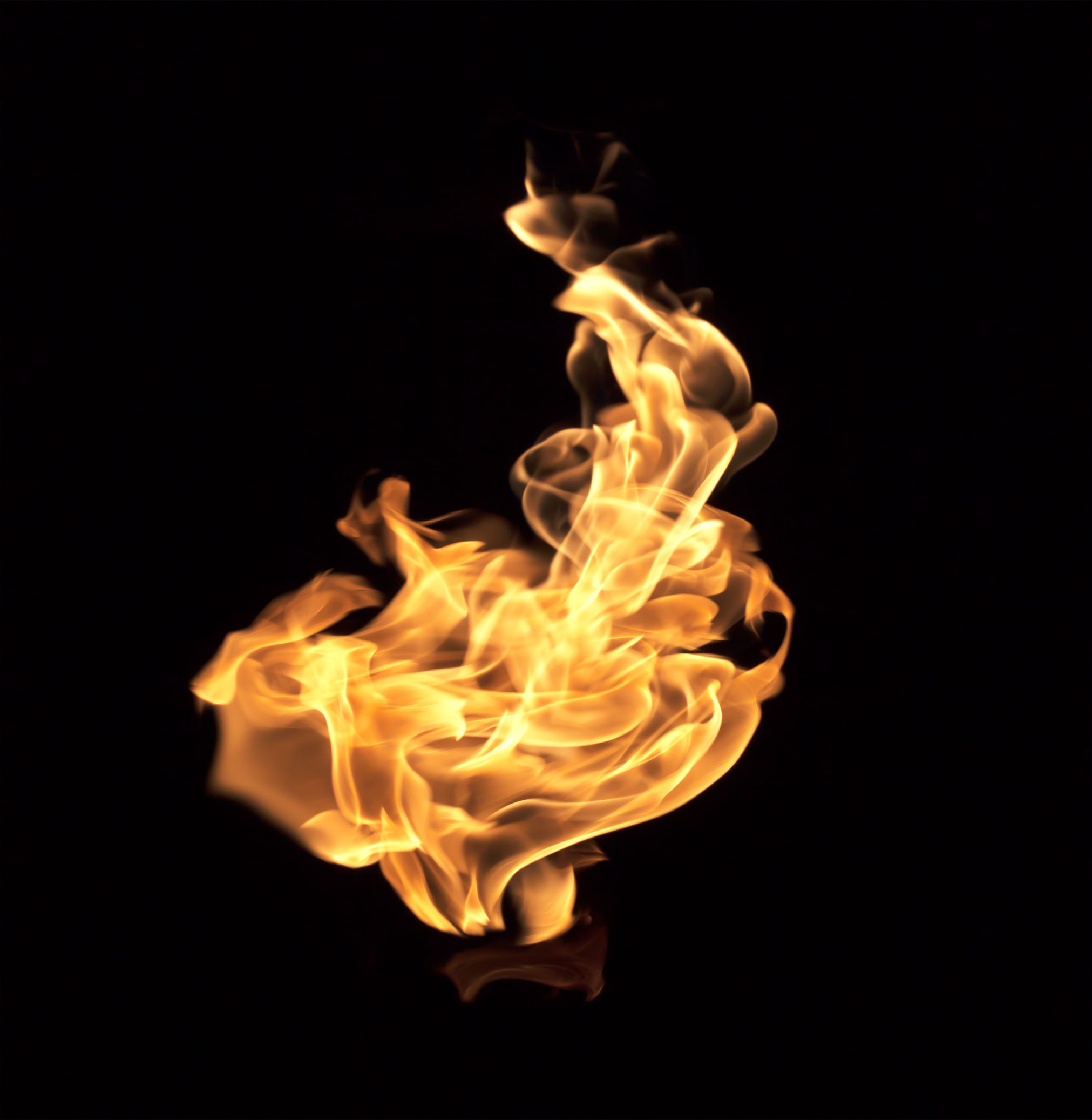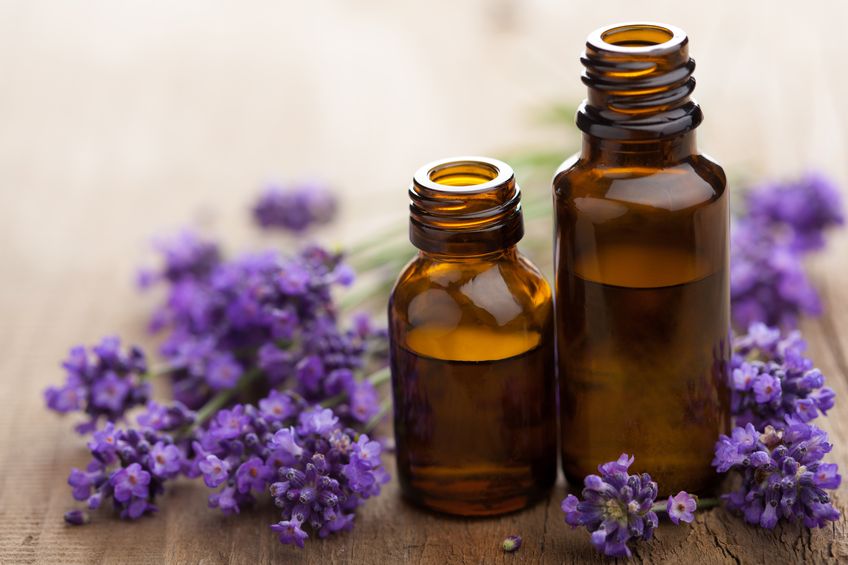Regardless of where I travel in the US, there is a recurring theme regarding allergies that I have heard during the past few years. “I didn’t have allergies in the past, but now they are very bad,” or, “I never dealt with allergies until I moved here.”
The increase in allergic symptoms like other health complaints is a multi-factorial issue. Food quality has declined. Individuals are deficient in omega 3 fatty acids. Stress has increased while our stress management practices have fallen to the wayside. To impact chronic allergies one needs to take a holistic approach.
For someone looking for a safe at-home support as an alternative to the over the counter allergy medications, homeopathy may be a perfect fit. The goal is to match the remedy picture with the individual’s unique symptom picture.
Here are 9 remedies that may be indicated for acute allergy flairs:
Sabadilla
Sabadilla is for spasmodic sneezing attacks that are followed by a profuse, watery, and runny nose. The nose may be sensitive to odors, especially that of flowers, and also have itching and tickling inside the nose. The individual’s eyes can be red and burning and may start running in open air or when looking at bright light. This is the one of the first remedies to consider for springtime seasonal allergies.
Arsenicum
With Arsenicum the individual is often restless and fatigued from the allergy symptoms. The eyes may be itchy and burning, and it may feel as if there is sand on the inside of the lids rubbing against the eyeball. The nose may be stuffy and congested while also draining. The sinus drainage is worse outside and generally better indoors. The drainage will also increase when moving from a colder location into a warm room. The pains and discomforts from the allergies are generally hot and also better from heat, such as a warm shower. Please note that the drainage may be worse in a warm room, while the pains are generally better from warmth with Arsenicum.
Allium Cepa
An individual that needs Allium Cepa will have a profuse, acrid nasal discharge with bland lachrymation. The acrid nasal discharge may burn and cause significant redness and irritation around the nose. The watery eyes of Allium are sensitive to light and the drainage is usually bland, not causing irritation under the eyes. Allium is a unique allergy remedy that may be better outside in open air while the individual seems to suffer more inside the house. There may be a dull, achy forehead that can be worse in the evenings and also better in the open air. For late summer hay fever be sure to consider Allium Cepa.
Natrum Muriaticum
The nasal discharge with Natrum Mururiaticum may start with fluent drainage and then after a few days transition to sinus congestion. The individual may experience a loss of smell and taste from the sinus drainage. The eyes may drain, more so in open air or if it is a windy day. Nat. Mur. symptoms are also often worse in the sun.
Lycopodium
The eyes of an individual needing Lycopodium for allergies will often be crusty in the morning from the accumulation of yellowish green discharges. The eyes may also itch in the inner corner of the eye close to the bridge of the nose. The Lycopodium nose is congested and will have a thick yellow drainage. The nose is often stuffy at both day and night and as a result the individual will need to breathe through an open mouth. The postnasal sinus drainage may lead to a tickle in the throat producing a cough. Mucus from the cough will be yellow greenish too. Individuals needing Lycopodium are often better from warm drinks.
Gelsemium
Dullness is a key concept for an individual that will benefit from Gelsemium. The eyelids will feel dull and heavy and the individual will have sensitivity to light. The eyes may be red and watery. The nasal drainage may be acrid similar to the discharge from Allium Cepa, although it would be typically thinner and also accompanied by sneezing. The sinuses will feel heavy and there is a fullness across the forehead. The head may have relief from the dull heaviness with some gentle shaking and also if the individual can recline with the head in an elevated position.
Pulsatilla
The eyes for an individual needing Pulsatilla are similar to those of someone needing Lycopodium. The eyes are often inflamed and gunked together from a thick, yellow, bland discharge. For a Pulsatilla patient, the eyes can also be itching and burning. The eyes crusts for a Lycopodium individual are particular to the morning, while a Pulsatilla individual may have drainage and crusts throughout the day. The sinus symptoms to consider for Pulsatilla are frequent sneezing with a yellowish green discharge. The nose may be stuffier indoors and begin to drain more when outdoors. A Lycopodium individual is often better with a warm drink while a Pulsatilla individual is thirstless with their complaints.
Kali Bichromicum
Kali Bichromicum is an awesome sinus infection and allergy remedy when the congestion is thick, greenish yellow, sticky, and stringy. The congestion obstructs the nose and also causes pressure and pain at the root of the nose between the eyes. The discharges from a Kali Bichromicum individual are thick and gross. This even applies to the drainage from the eyes. For Kali Bich. think thick and sticky and stringy discharges.
Euphrasia
With Euphrasia there is profuse acrid lachrymation with bland nasal discharge. It is the opposite of the Allium Cepa runny nose and eyes. The Euphrasia eyes are distressingly dry, yet may water all the time. The tears are burning and worse outside in open air. The tears may leave streaks down the face from the acrid nature. The nasal discharge is profuse and bland. Think of Euphrasia first when the allergy symptoms are manifesting in the eyes.
If possible find a 30 C or 200 C potency of the remedy that best matches the symptom picture. Take 3 pellets every 20 minutes for an hour. If the symptoms begin to improve the remedy is a good fit then continue to take 3 pellets hourly until the allergy flair is abated. If the symptoms do not begin to improve after the first 3 doses, the remedy selected is not the best remedy for the symptom picture.
Consider trying a different remedy or seek the support of your Naturopathic Physician. Seasonal allergies can improve greatly with a holistic approach to health and utilizing homeopathy for the acute flares is an excellent way to navigate the symptoms wherever you may be in the allergy-filled United States.
 Dr. Peter Swanz received his Doctorate of Naturopathic Medicine Degree from the Southwest College of Naturopathic Medicine in Tempe, AZ.
Dr. Peter Swanz received his Doctorate of Naturopathic Medicine Degree from the Southwest College of Naturopathic Medicine in Tempe, AZ.
Dr. Swanz was awarded the prestigious Daphne Blayden award for his commitment to Naturopathic Medicine, Academic Excellence, Compassion, Perseverance, a Loving Sense of Humor and a Positive, Supportive Outlook by his colleagues and staff at SCNM.
He is a Board Certified Naturopathic Physician with advanced training in classical homeopathy and nutrition. Dr. Swanz is a Fellow of the Homeopathic Association of the Naturopathic Physicians. He currently supports individuals on the journey to health through his Vital Force Naturopathy practice, integrating the best of his conventional and holistic medical training. Dr. Swanz specializes in homeopathy, pediatrics and family medicine. He is passionate about healing and is driven by the desire to see all people be the most healthy individual they can be. Website: www.drswanz.com




